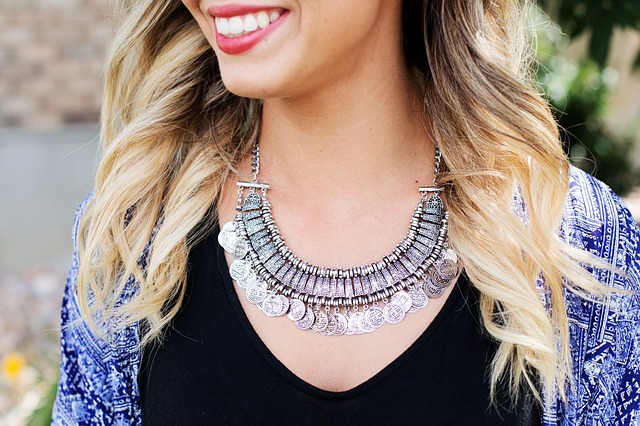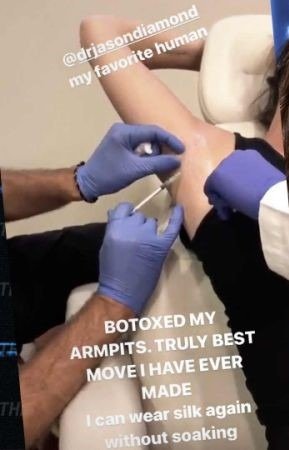Well over 43,000 breast reductions were done last year, according to the American Society of Plastic Surgeons. While that number is small in comparison to the nearly 314,000 women who underwent breast augmentation surgery last year, it still represents a significant number of women who improved their quality of life.
Cosmetic breast surgery, an umbrella term that includes augmentation, lifts, and reductions, has long suffered from an image problem. The women who underwent the procedures were often held up as examples of everything that was wrong with plastic surgery during an era when it was stigmatized for its glorification of artificiality and excess.

As the stigma was shed, the perception softened. But it hasn’t completely gone away. Casting judgment ignores the deeply personal and nuanced stories that inspire tens of thousands of women to undergo cosmetic breast surgery each year, many of whom have suffered in silence for much of their lives.
For a moment, envision yourself as a fifth-grade girl who, from the first day of school this year has stopped being called by her name. Instead, you’re known now to classmates and strangers alike as “The Girl with the Big Boobs.” It’s a burden you’ll carry with you through your formative years.
As you enter your mid-twenties and your friends begin to settle down and talk about starting families, your thoughts center on breast reduction surgery. Exhausted by the countless inconveniences, like buying a two-piece bathing suit or doing any kind of cardiovascular exercise, not to mention the crippling lower back pain that’s intensifying by the week, you begin to consult with plastic surgeons.
In time you discover an especially compassionate surgeon who meets your qualifications and understands what you’re looking for and how you’re feeling. In preparation, you’ll explain that you exercise three to four times a week in spite of waking every morning with back pain. Your posture is terrible, you know that, but sitting up straight is too taxing.
A few months after your surgery, your recovery behind you, you’ll catch yourself in a mirror and realize you love being naked. And almost immediately, it’ll occur to you that you can’t remember ever having felt that. In fact, for as far back as your memory will take you, the only sensation you can remember is that your body doesn’t feel like it belongs to you. But now you know it does.


 The
The 



